
Saket: The Cultural Hub of Modern Delhi
Explore Saket in Delhi: A perfect mix of modern malls, historical sites, lush parks, and vibrant nightlife, making it a must-visit for tourists.
Saket, located in the heart of South Delhi, is a vibrant blend of modernity and tradition. This bustling neighborhood is a hotspot for tourists, offering an array of attractions ranging from upscale shopping malls to historical sites. Dotted with lush green parks and contemporary architectural marvels, Saket provides a refreshing escape from the hustle and bustle of Delhi's busy streets. The neighborhood is home to some of the city's finest shopping destinations, including the Select Citywalk, DLF Place, and MGF Metropolitan malls. These malls are not just shopping paradises but also social hubs, featuring a plethora of dining options, cinemas, and entertainment zones. For those interested in history and culture, the nearby Qutub Minar and Mehrauli Archaeological Park offer a glimpse into Delhi's rich past. Saket also boasts a vibrant nightlife with numerous bars, cafes, and restaurants that cater to all tastes. Whether you're in the mood for a laid-back evening at a cozy café or looking to dance the night away, Saket has something for everyone. The area is well-connected by the Delhi Metro, making it easy for tourists to explore other parts of the city. With its unique blend of old-world charm and modern amenities, Saket is a must-visit destination for anyone traveling to Delhi.
Local tips in Saket
- Visit Select Citywalk early in the day to avoid crowds.
- Check out the weekly events and festivals often held at the malls.
- Take a guided tour of the nearby Qutub Minar for a richer historical experience.
- Use the Delhi Metro for quick and convenient travel to other parts of the city.
- Try local street food at nearby markets for an authentic culinary experience.
Saket: The Cultural Hub of Modern Delhi
Saket, located in the heart of South Delhi, is a vibrant blend of modernity and tradition. This bustling neighborhood is a hotspot for tourists, offering an array of attractions ranging from upscale shopping malls to historical sites. Dotted with lush green parks and contemporary architectural marvels, Saket provides a refreshing escape from the hustle and bustle of Delhi's busy streets. The neighborhood is home to some of the city's finest shopping destinations, including the Select Citywalk, DLF Place, and MGF Metropolitan malls. These malls are not just shopping paradises but also social hubs, featuring a plethora of dining options, cinemas, and entertainment zones. For those interested in history and culture, the nearby Qutub Minar and Mehrauli Archaeological Park offer a glimpse into Delhi's rich past. Saket also boasts a vibrant nightlife with numerous bars, cafes, and restaurants that cater to all tastes. Whether you're in the mood for a laid-back evening at a cozy café or looking to dance the night away, Saket has something for everyone. The area is well-connected by the Delhi Metro, making it easy for tourists to explore other parts of the city. With its unique blend of old-world charm and modern amenities, Saket is a must-visit destination for anyone traveling to Delhi.
Iconic landmarks you can’t miss
DLF Avenue Saket
Explore DLF Avenue Saket, a premier shopping mall in New Delhi, featuring diverse retail stores, exquisite dining options, and exciting entertainment for tourists.
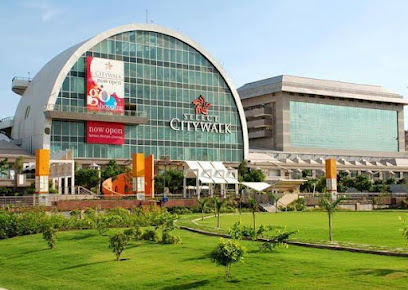
The Garden of Five Senses
Discover tranquility and creativity at The Garden of Five Senses, a stunning oasis in New Delhi that engages all your senses.
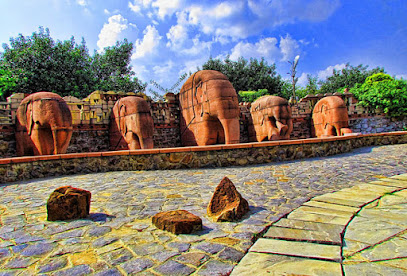
J Block Market Saket New Delhi
Explore J Block Market in Saket, New Delhi - a vibrant hub of shopping, street food, and local culture that captures the spirit of India.
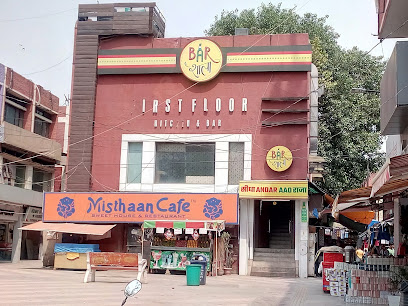
Saket Park
Discover the serene beauty of Saket Park in New Delhi, a perfect escape for nature lovers and a tranquil retreat amidst the urban landscape.
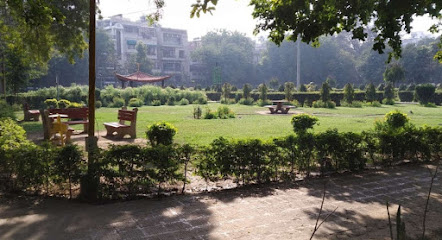
Thakur Vatika
Experience the tranquility of Thakur Vatika, a peaceful park in New Delhi with lush greenery and vibrant flowers, perfect for relaxation.
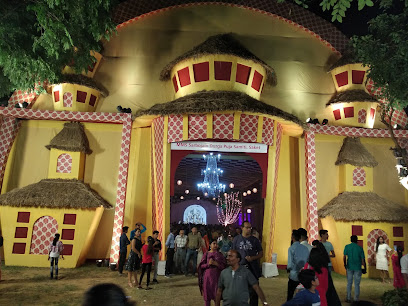
Saket Bed and Breakfast
Experience the warmth of Indian hospitality at Saket Bed and Breakfast, your home away from home in New Delhi's vibrant Saket district.
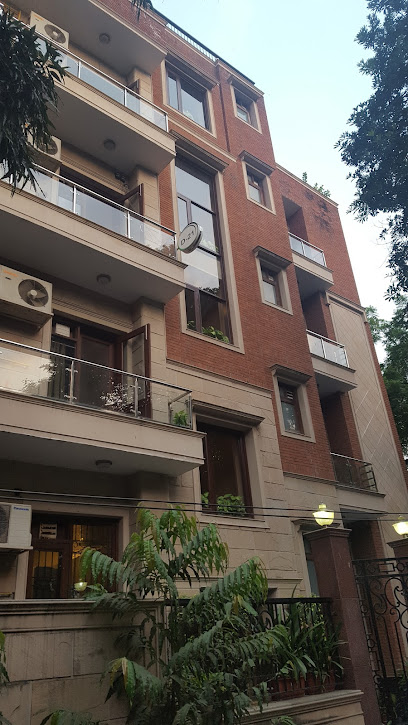
Shaikh Yusuf Qattal's Tomb, New Delhi
Explore the serene Shaikh Yusuf Qattal's Tomb, a historical landmark in New Delhi, showcasing exquisite architecture and rich cultural heritage.
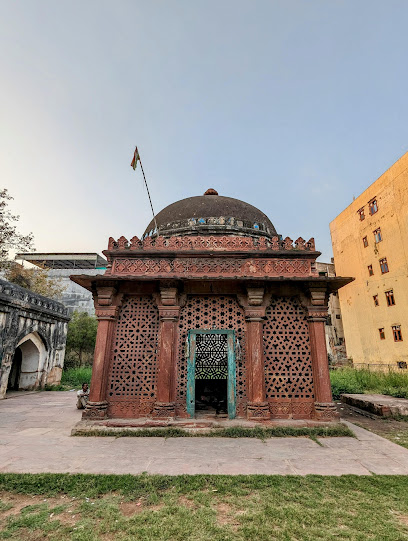
Saket, delhi
Explore the dynamic neighborhood of Saket in New Delhi, where modern shopping meets rich history and vibrant culture.
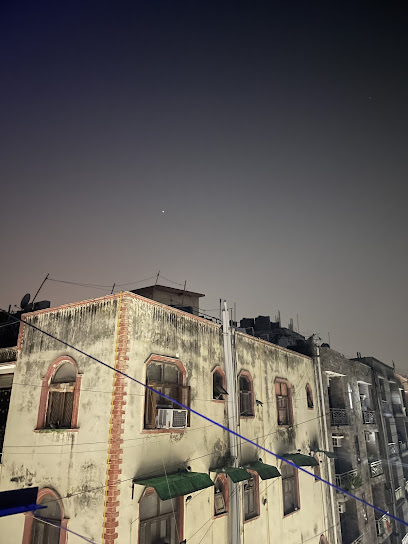
Cybersecurity Wall Mural by DSA
Discover the Cybersecurity Wall Mural in New Delhi, where art meets technology, offering a vibrant perspective on digital security.
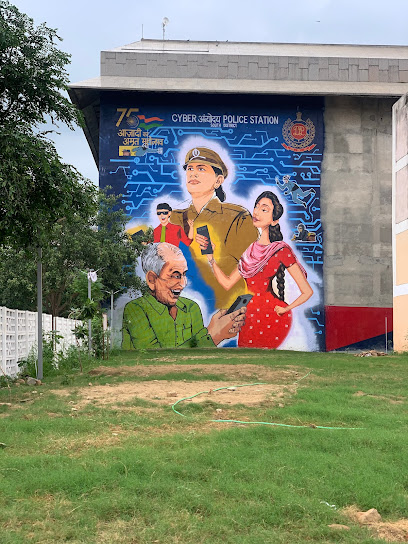
Peace
Experience the serene beauty of Peace Garden in Saket, New Delhi - a tranquil oasis of vibrant flora and peaceful surroundings.
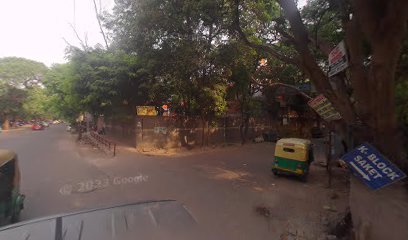
Unmissable attractions to see
Ahinsa Sthal
Discover the tranquil beauty of Ahinsa Sthal, a Jain temple surrounded by nature in New Delhi's Butterfly Park, ideal for spiritual reflection and outdoor adventures.
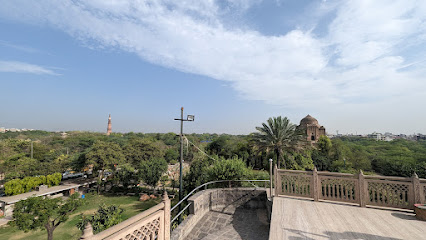
Satpula, Delhi
Explore Satpula, a historical landmark in Delhi, where serene waters meet stunning Mughal architecture, perfect for relaxation and photography.
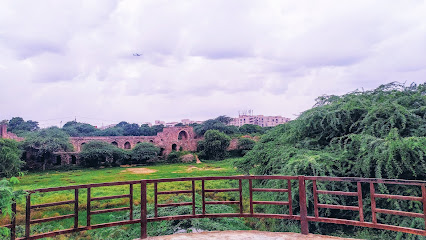
DDA park
Discover the beauty and tranquility of DDA Park, a stunning green oasis in the heart of New Delhi, perfect for relaxation and leisure.
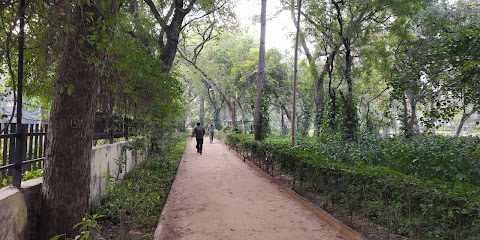
Thakur Vatika
Explore the serene beauty of Thakur Vatika, a lush green park in New Delhi perfect for relaxation and leisurely strolls amidst nature.

butterfly park saket
Explore the serene Butterfly Park in Saket, New Delhi, where nature's beauty and tranquility converge in a vibrant display of butterflies.
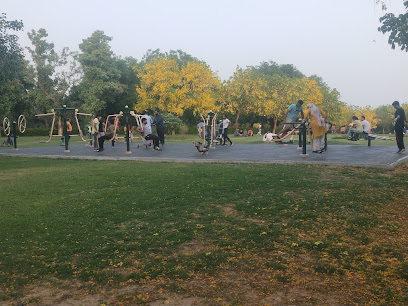
Five Senses View Point
Discover breathtaking panoramas and serene landscapes at the Five Senses View Point in New Delhi, a perfect escape from city life.
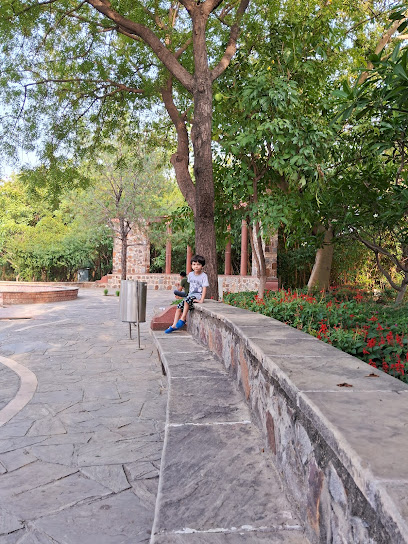
National Parks India
Discover the tranquility of National Parks India, a lush green escape in New Delhi perfect for nature lovers and adventure seekers.
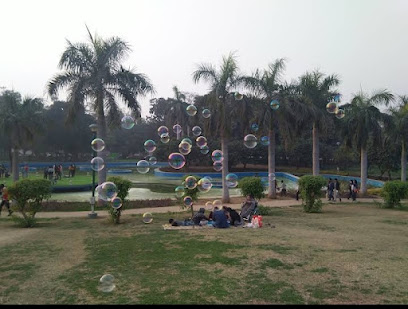
Triangle Point Saket
Experience tranquility and stunning landscapes at Triangle Point Saket, a serene tourist attraction in the heart of New Delhi.
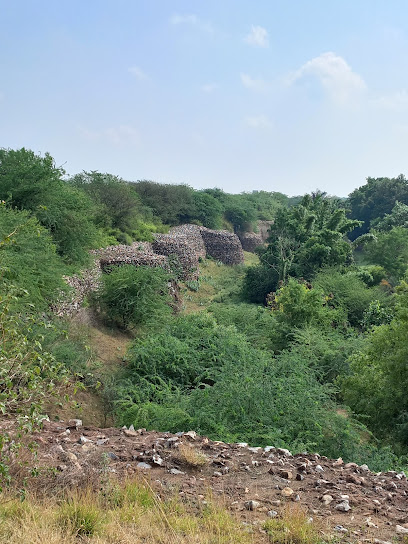
Children's Park - A Block, Saket
Explore Children's Park in Saket for a perfect blend of fun and relaxation amidst the greenery of New Delhi.
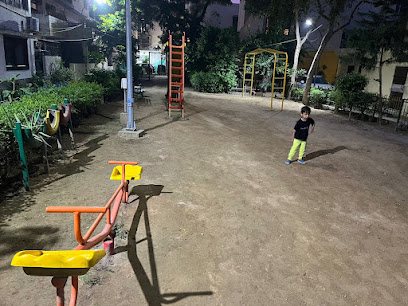
Cybersecurity Wall Mural by DSA
Discover the Cybersecurity Wall Mural in New Delhi: where art meets technology, creating a vibrant dialogue about the digital age.

Saket Park
Experience the serenity of Saket Park in New Delhi, a beautiful green space perfect for relaxation, picnics, and outdoor activities amidst the urban hustle.

The Dream Gates
Discover The Dream Gates in New Delhi - an artistic tourist attraction that sparks creativity and wonder in the heart of the city.
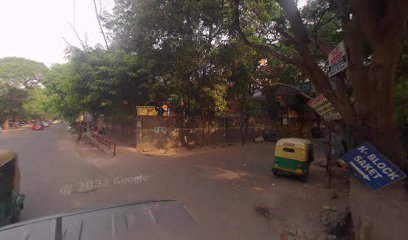
Essential places to dine
Punjab Grill
Experience the vibrant flavors of authentic Punjabi cuisine at Punjab Grill, where tradition meets modern fine dining.
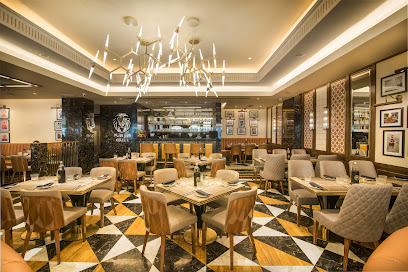
The Big Chill
Experience authentic Italian cuisine at The Big Chill in New Delhi - where flavors come alive in a cozy café atmosphere.
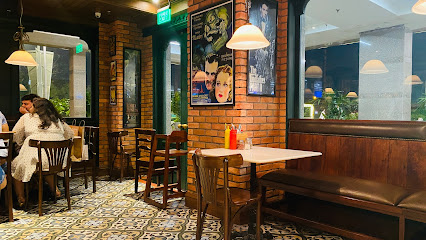
Saket Social
Discover the vibrant atmosphere at Saket Social - where culinary delights meet social experiences in New Delhi's trendy DLF Avenue Mall.
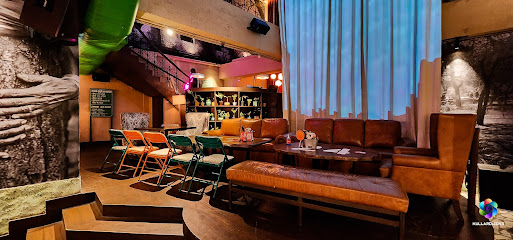
Big Banana Restaurant and Bar
Experience delightful Asian cuisine at Big Banana Restaurant and Bar in New Delhi's Saket - where flavors meet ambiance.
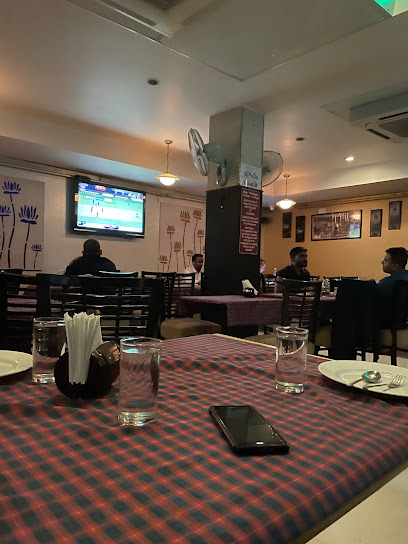
Locale Cafe & Bar
Experience authentic North Indian cuisine at Locale Cafe & Bar in Saket – renowned for its delicious biryanis and Mughlai dishes.
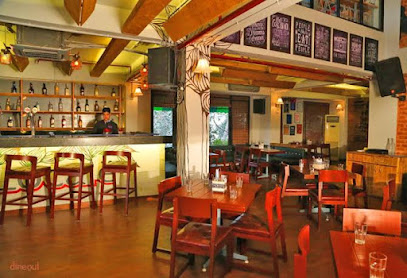
Dhaba Estd 1986 Delhi, Saket
Savor authentic North Indian flavors at Dhaba Estd 1986 in Saket - where tradition meets modernity.
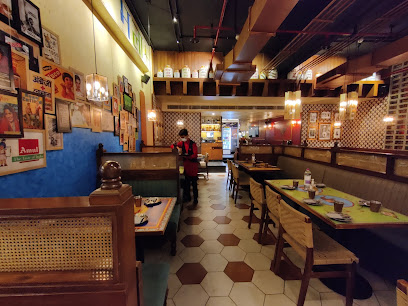
Yi Jing
Experience the rich flavors of authentic Chinese cuisine at Yi Jing in Sheraton New Delhi Hotel - where tradition meets luxury.
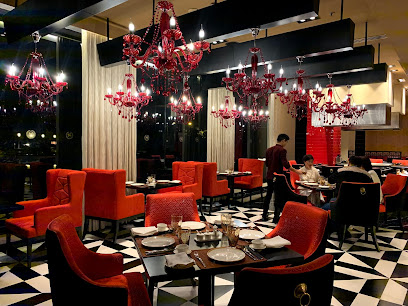
Ping's Cafe Orient
Experience the flavors of Asia at Ping's Cafe Orient - where culinary artistry meets vibrant atmosphere in New Delhi.
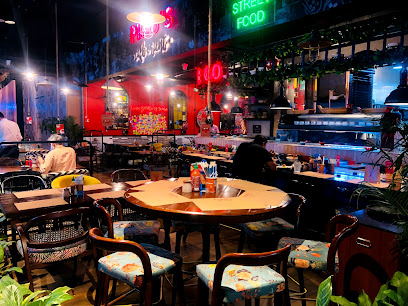
The Monk Gourmet ! Best Gourmet Food in India
Experience modern North Indian cuisine at The Monk Gourmet - where tradition meets innovation in every bite.
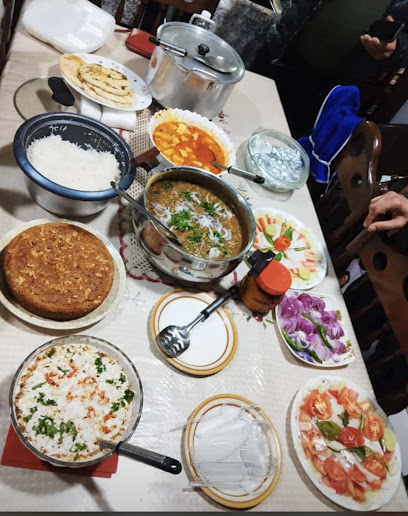
All About Food
Discover the vibrant flavors of India at All About Food in New Delhi - a unique blend of restaurant and e-commerce service offering unforgettable culinary experiences.

Markets, malls and hidden boutiques
DLF Avenue Saket
Discover DLF Avenue Saket, New Delhi's top shopping mall featuring diverse brands, delicious dining options, and vibrant entertainment for all.
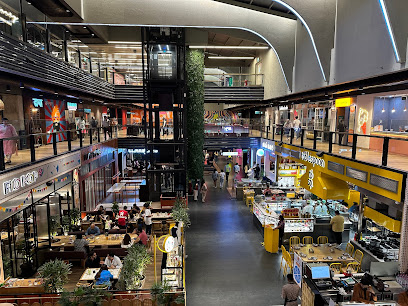
Shoppers Stop
Explore the ultimate shopping experience at Shoppers Stop, New Delhi's premier department store for fashion and accessories.

Croma - Saket Pvr
Discover cutting-edge electronics and appliances at Croma - Saket PVR in New Delhi, where quality meets convenience.
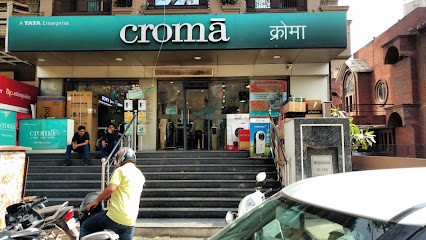
Tanishq Jewellery - Delhi - Saket
Discover the exquisite artistry and unique designs of Tanishq Jewellery in Delhi's vibrant Saket District, where luxury meets craftsmanship.

UNIQLO DLF Avenue, Saket
UNIQLO DLF Avenue in Saket offers a diverse collection of stylish clothing for all ages, blending quality with contemporary fashion.
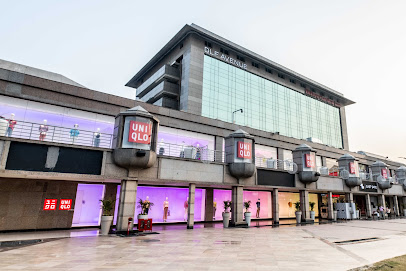
The Wishing Chair
Discover unique gifts and home decor at The Wishing Chair in New Delhi, blending creativity with local artistry for an unforgettable shopping experience.

Mulmul- DLF Avenue Mall, Saket
Explore the vibrant blend of contemporary and traditional fashion at Mulmul in DLF Avenue Mall, Saket, a must-visit destination for style enthusiasts.
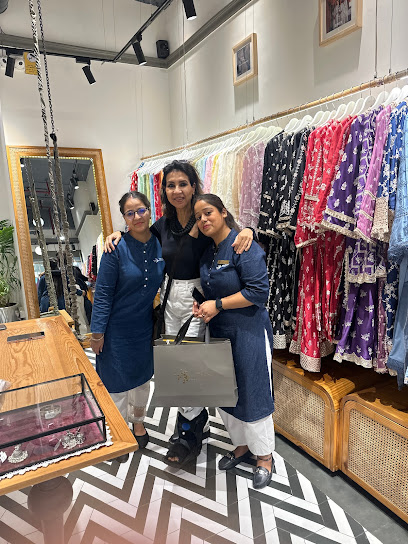
Archies
Explore a variety of unique gifts and souvenirs at Archies Gift Shop in Saket, New Delhi, perfect for every occasion.
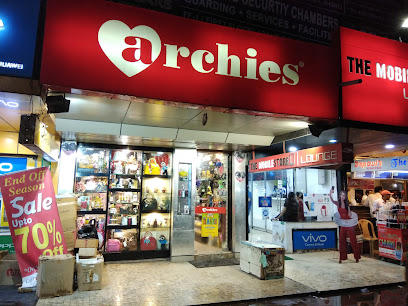
Anand Gift Emporium-Best toy,sports and gift shop in saket
Explore Anand Gift Emporium in Saket, the ultimate gift shop for unique toys, sports gear, and thoughtful gifts in New Delhi.
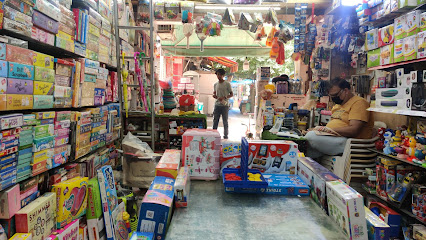
Hallmark
Explore Hallmark Gift Shop in New Delhi for unique souvenirs, heartfelt gifts, and delightful stationery that capture the spirit of your journey.
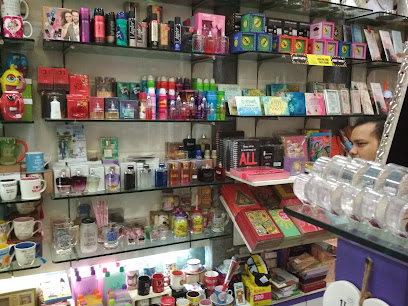
Essential bars & hidden hideouts
Saket Social
Experience the vibrant nightlife of New Delhi at Saket Social, a unique bar and restaurant that combines a lively atmosphere with great food and drinks.
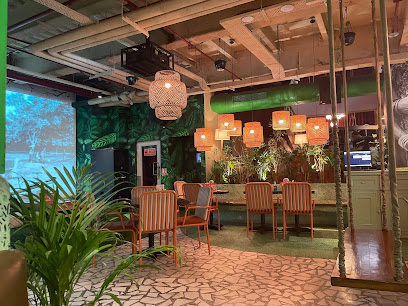
Big Banana Restaurant and Bar
Experience the vibrant flavors of Asia and India at Big Banana Restaurant and Bar, where culinary excellence meets lively ambiance in Saket, New Delhi.
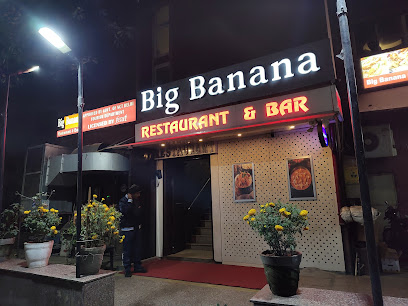
Excuse Me Boss
Discover a culinary gem in New Delhi's Saket, where diverse flavors meet a vibrant atmosphere at Excuse Me Boss.
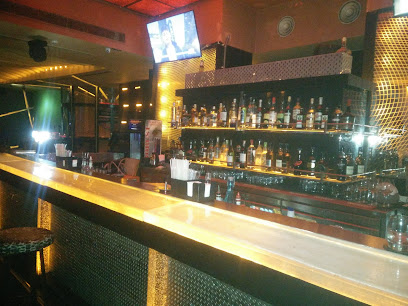
The Beer Café
Explore the vibrant flavors of The Beer Café in Saket, where delicious grills and an extensive beer selection await in a lively atmosphere.
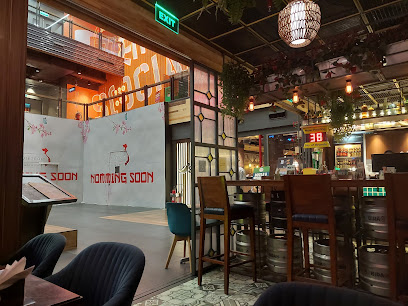
Locale Cafe & Bar
Experience the rich flavors of North Indian and Mughlai cuisine at Locale Cafe & Bar in Saket, New Delhi. A delightful culinary destination for all food lovers.
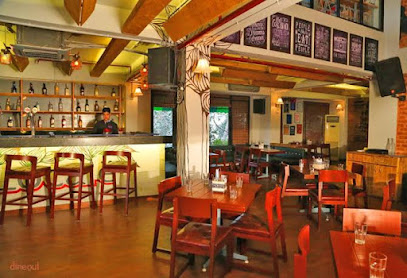
Effingut Brewpub Saket - Savor the best craft beer experience in Delhi!
Discover the ultimate craft beer experience at Effingut Brewpub Saket, where exceptional brews meet delicious food in a lively atmosphere.
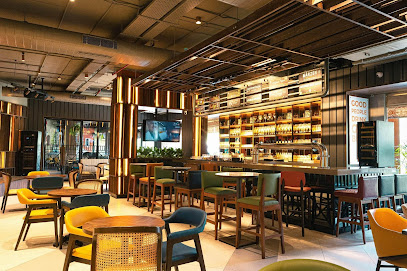
The illusion lounge n bar
Experience the vibrant nightlife at The Illusion Lounge & Bar in Saket, New Delhi, where exquisite cocktails meet a lively atmosphere.

Bira 91 Taproom - Saket
Discover the vibrant culinary scene at Bira 91 Taproom, where craft beer meets delicious grilled specialties in a lively atmosphere.
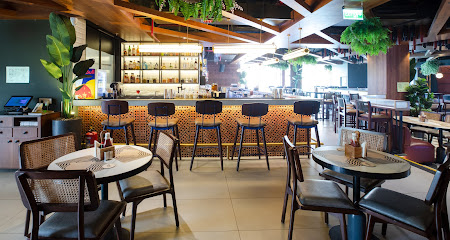
The Lounge Bar Sheraton New Delhi Hotel
Experience unparalleled luxury and exquisite flavors at The Lounge Bar, Sheraton New Delhi Hotel, the perfect retreat for travelers seeking relaxation and indulgence.
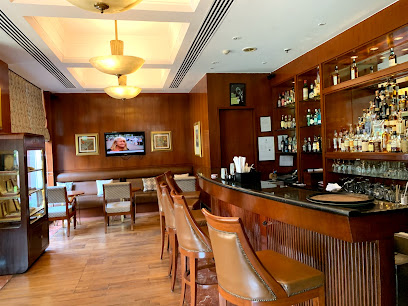
TQR Sky Lounge
Experience the vibrant nightlife of Delhi at TQR Sky Lounge, offering stunning views, delicious cocktails, and a lively atmosphere.
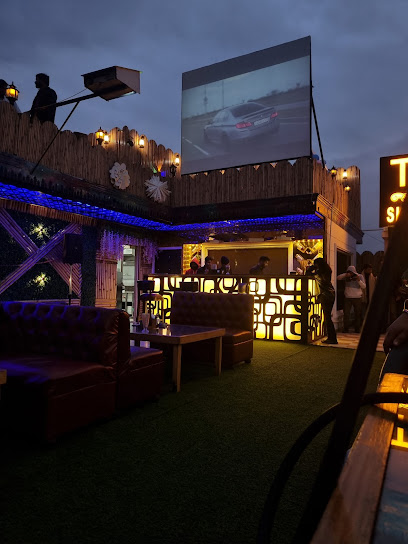
Local Phrases
-
- Helloनमस्ते
[namaste] - Goodbyeअलविदा
[alvida] - Yesहां
[haan] - Noनहीं
[nahi] - Please/You're welcomeकृपया
[krupaya] - Thank youधन्यवाद
[dhanyavaad] - Excuse me/Sorryमाफ़ कीजिए
[maaf keejiye] - How are you?आप कैसे हैं?
[aap kaise hain?] - Fine. And you?ठीक हूँ। आप?
[theek hoon. aap?] - Do you speak English?क्या आप अंग्रेज़ी बोल सकते हैं?
[kya aap angrezi bol sakte hain?] - I don't understandमुझे समझ में नहीं आया
[mujhe samajh mein nahi aaya]
- Helloनमस्ते
-
- I'd like to see the menu, pleaseकृपया मेनू देखना चाहूँ
[krupaya menu dekhna chahoon] - I don't eat meatमैं मांस नहीं खाता
[main maans nahi khaata] - Cheers!चियर्स!
[cheers!] - I would like to pay, pleaseकृपया भुगतान करना है
[krupaya bhugtan karna hai]
- I'd like to see the menu, pleaseकृपया मेनू देखना चाहूँ
-
- Help!बचाओ!
[bachao!] - Go away!चले जाओ!
[chale jao!] - Call the Police!पुलिस को बुलाओ!
[police ko bulaao!] - Call a doctor!डॉक्टर को बुलाओ!
[doctor ko bulaao!] - I'm lostमैं खो गया हूँ
[main kho gaya hoon] - I'm illमुझे बीमारी है
[mujhe bimari hai]
- Help!बचाओ!
-
- I'd like to buy...मैं खरीदना चाहूँगा...
[main khareedna chahunga...] - I'm just lookingमैं बस देख रहा हूँ
[main bas dekh raha hoon] - How much is it?यह कितना है?
[yah kitna hai?] - That's too expensiveयह बहुत महंगा है
[yah bahut mehnga hai] - Can you lower the price?क्या आप कीमत कम कर सकते हैं?
[kya aap keemat kam kar sakte hain?]
- I'd like to buy...मैं खरीदना चाहूँगा...
-
- What time is it?समय क्या है?
[samay kya hai?] - It's one o'clockएक बजे हैं
[ek baje hain] - Half past (10)दस बजकर पंद्रह मिनट हो रहे हैं
[das bajkar pandrah minut ho rahe hain] - Morningसुबह
[subah] - Afternoonदोपहर
[dopahar] - Eveningशाम
[shaam] - Yesterdayकल
[kal] - Todayआज
[aaj] - Tomorrowकल
[kal] - 1एक
[ek] - 2दो
[do] - 3तीन
[teen] - 4चार
[chaar] - 5पाँच
[paanch] - 6छह
[chhe] - 7सात
[saat] - 8आठ
[aath] - 9नौ
[nau] - 10दस
[das]
- What time is it?समय क्या है?
-
- Where's a/the...?...कहाँ है?
[...kahan hai?] - What's the address?पता क्या है?
[pata kya hai?] - Can you show me (on the map)?क्या आप मुझे दिखा सकते हैं (नक्शे पर)?
[kya aap mujhe dikha sakte hain (naksha par)?] - When's the next (bus)?अगली (बस) कब है?
[agli (bus) kab hai?] - A ticket (to ....)एक टिकट (...के लिए)
[ek ticket (...ke liye)]
- Where's a/the...?...कहाँ है?
History of Saket
-
Saket is associated with ancient mythology and history, being considered a significant location in the Mahabharata, where the city of 'Saket' is believed to have been established. This connection to one of India's great epics gives the area a deep historical significance, reflecting the confluence of myth and reality in Delhi's ancient landscape.
-
During the 12th to 16th centuries, Saket was part of the territories ruled by the Delhi Sultanate. This period saw the establishment of various structures and administrative systems in the region. The area was strategically important due to its proximity to the capital, which was shifting through various dynasties, including the Mamluks and the Tughlaqs.
-
In the 17th century, under Mughal rule, Saket emerged as a notable area for its lush gardens and architectural splendor. The influence of Mughal aesthetics can still be observed in some remnants of the period, contributing to the cultural fabric of modern Saket. The nearby Qutub Minar, a UNESCO World Heritage Site, stands as a testament to the architectural advancements of the time.
-
The British colonial period brought new urban planning and infrastructure development to Saket. The expansion of railways and roads during this time facilitated easier access to and from the area, laying the groundwork for its contemporary urban landscape. The architecture from this era can still be seen in some colonial-era buildings scattered throughout the neighborhood.
-
Post-independence, Saket has undergone significant urban development, transforming from a semi-rural area into a bustling urban neighborhood. The establishment of shopping complexes, cultural centers, and educational institutions has turned Saket into a vibrant hub, reflecting the dynamic nature of Delhi as it continues to evolve while retaining its rich historical legacy.
Saket Essentials
-
Saket is well-connected to other neighborhoods in Delhi. The nearest metro station is Saket, which is on the Yellow Line of the Delhi Metro. You can reach Saket from Connaught Place in about 30 minutes via the metro. Buses also service the area, with routes from various parts of the city. For those arriving by taxi or rideshare, Saket is approximately 15 kilometers from Indira Gandhi International Airport, taking around 30-45 minutes depending on traffic.
-
Saket is accessible via the Delhi Metro, with the Saket station being the primary hub. Auto-rickshaws and taxis are readily available for short distances. The area is pedestrian-friendly, and walking is a great way to explore local markets and parks. Cycling is also an option, with some bike rental services available. Additionally, local buses connect Saket to neighboring areas, but routes may be less frequent.
-
Saket is generally safe for tourists, but standard precautions should be taken. Avoid walking alone at night in dimly lit areas, particularly near secluded parks. While there aren't specific high-crime areas targeting tourists, it's advisable to stay vigilant in crowded places like markets. Keep an eye on your belongings and avoid flashing valuables.
-
In emergencies, dial 112 for police, fire, or medical assistance. The nearest hospital is Max Super Specialty Hospital in Saket. Make sure to have travel insurance that covers medical emergencies. For minor health issues, numerous pharmacies are available throughout the neighborhood.
-
Fashion: Do dress modestly, especially when visiting religious sites. Avoid overly revealing clothing. Religion: Do respect local customs and traditions. When entering temples or mosques, remove your shoes and cover your head if required. Public Transport: Do be courteous and give up your seat to elderly passengers. Don't eat or drink on public transport. Greetings: Do greet locals with a smile and 'Namaste' (palms together). Don't assume everyone speaks English. Eating & Drinking: Do try local street food but ensure it is prepared in hygienic conditions. Don't refuse food offerings, as this is considered impolite.
-
To experience Saket like a local, visit the Select Citywalk Mall for shopping and dining, and explore the nearby Garden of Five Senses for a leisurely stroll. Participate in local festivals and events if possible. Engage with street vendors and try their specialties, which often include chaat and other snacks. For a unique experience, visit the Qutub Minar complex nearby, an iconic UNESCO World Heritage site, and take time to appreciate the architecture and surrounding gardens.







